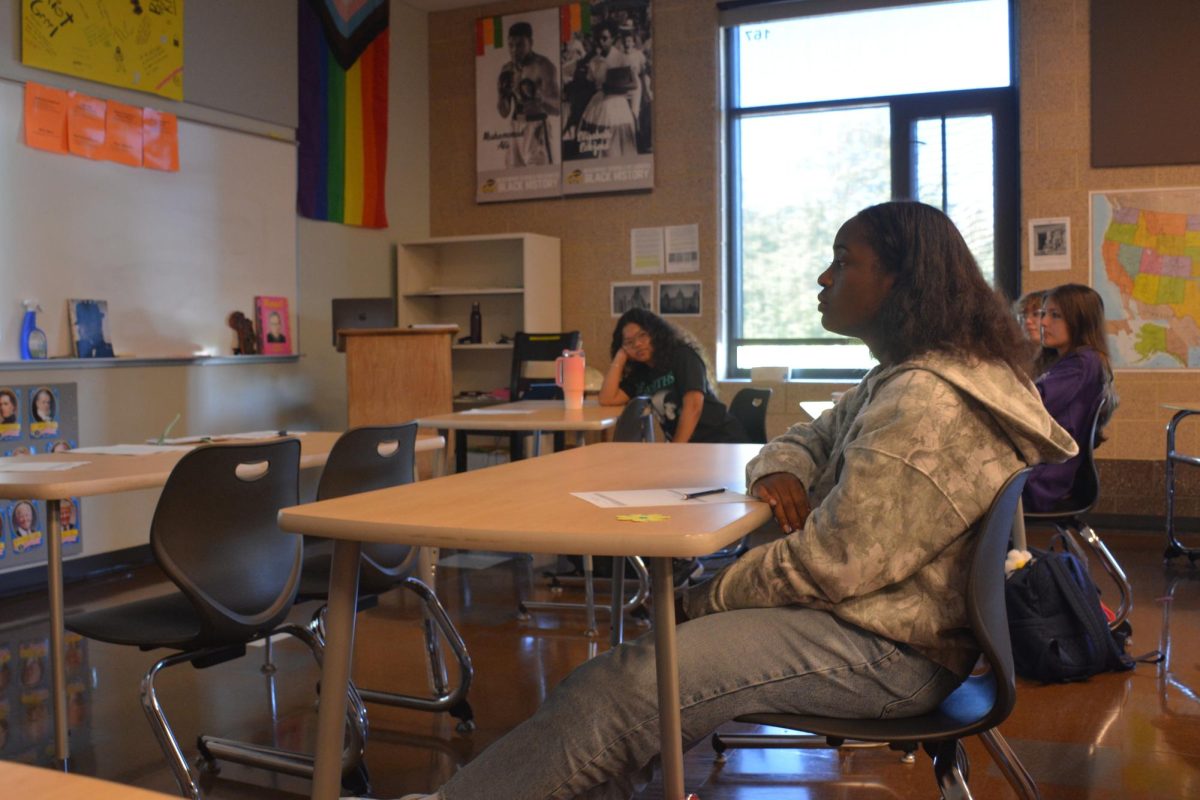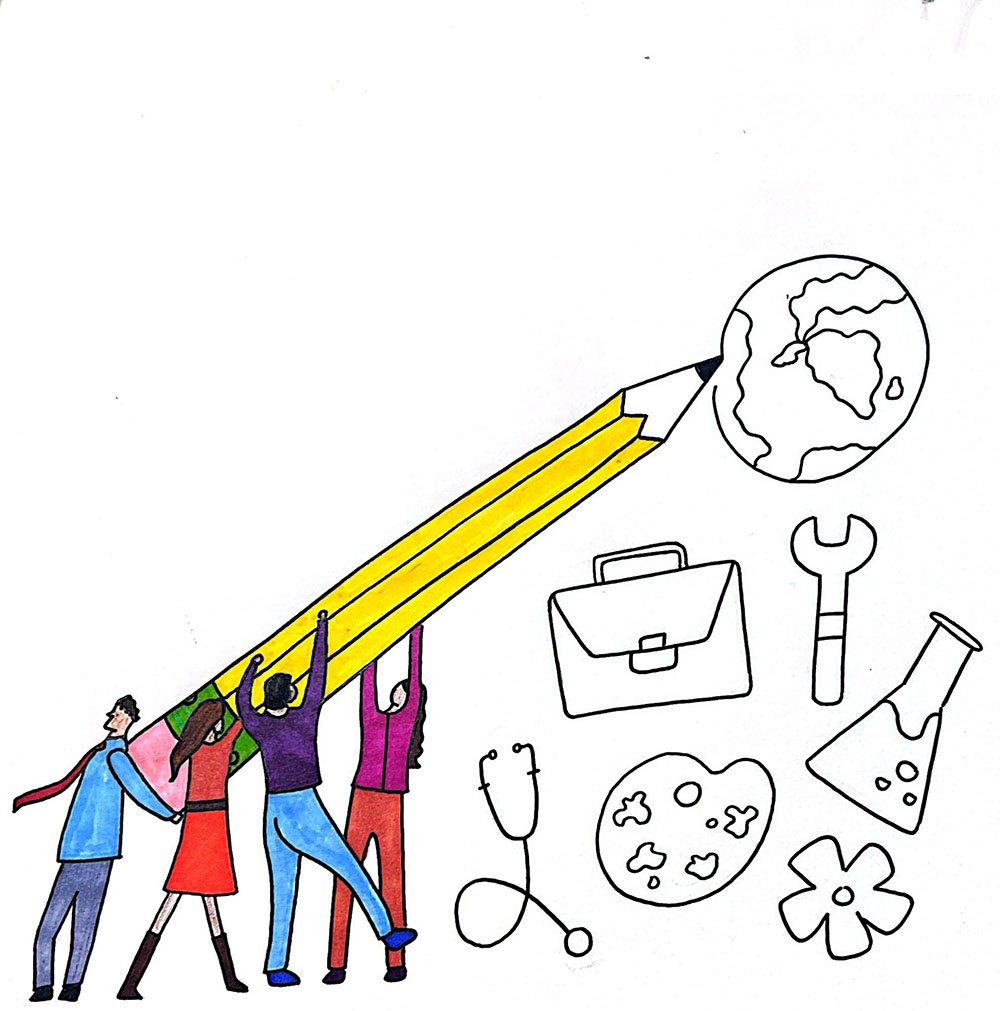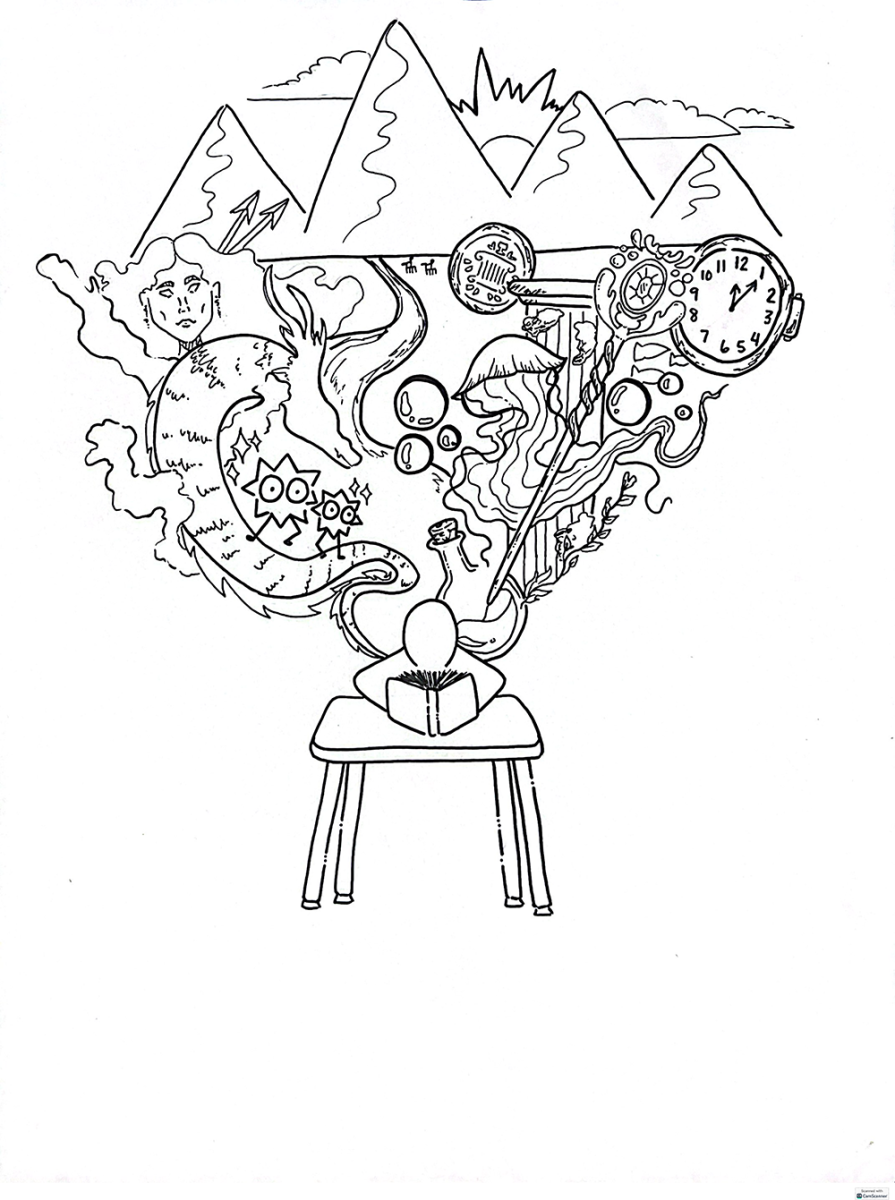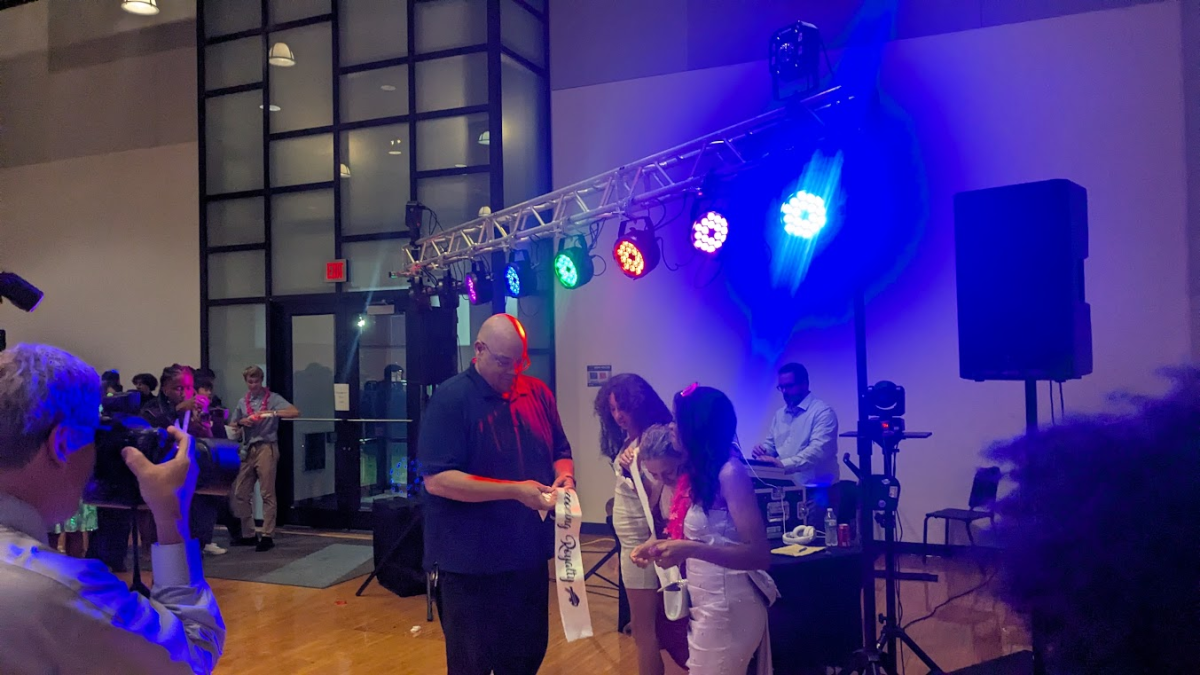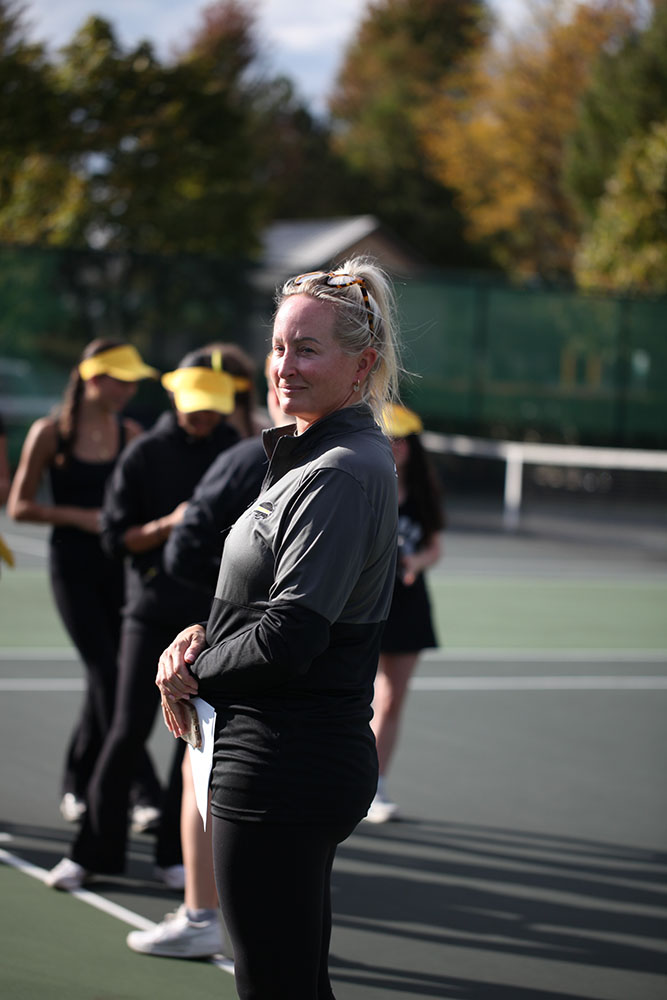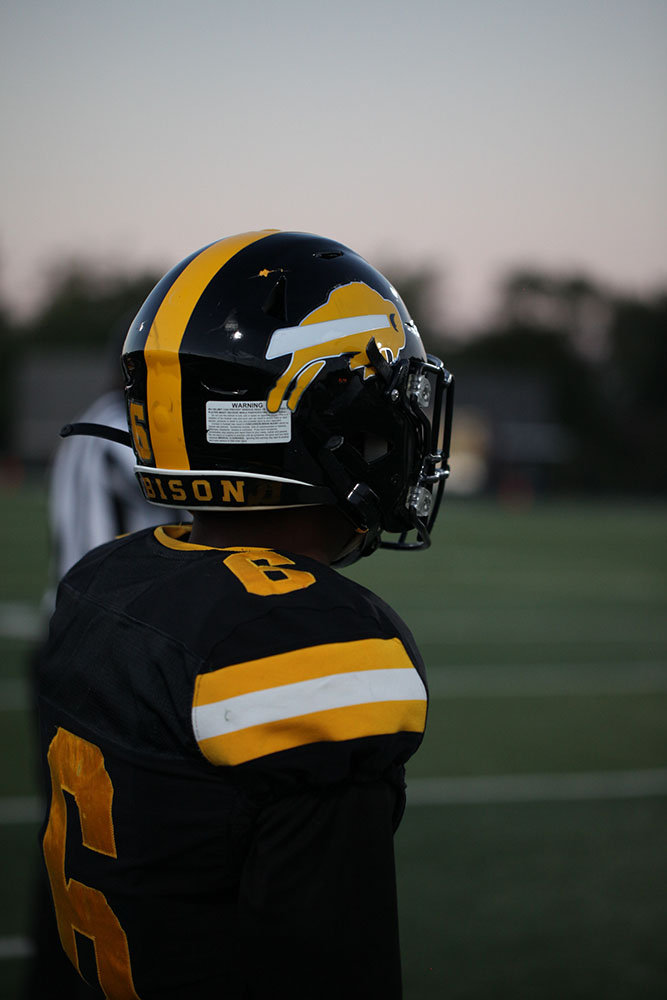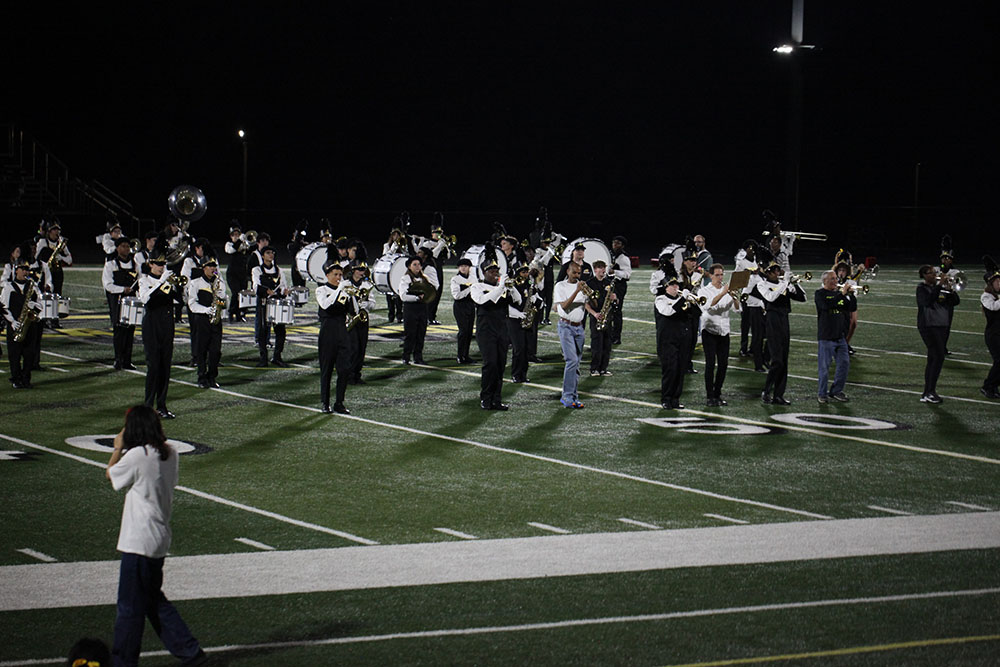The annual BHS duct tape boat race was held during second period March 7 in the indoor pool.
The team of Adam Hong, Gavi Lappen and Elan Blond earned first place, finishing with a time of one minute and nine seconds, twenty seconds faster than the second-place team.
“The idea was to make a design and then actually build something real to see if it worked,” Hong said. “We had the biggest boat—surface area, bottom base—it was the biggest out of anyone. I think that helped with the volume, and the volume submerged helped it float.”
Hong and his team put in considerable time outside of school.
“You’re supposed to do it during school, in class time, but we decided to do it at Gavi’s house because he had an unfinished part of his basement,” Hong said. “We could store more cardboard there without other teams taking it, and we wouldn’t have to store it at school. Working at Gavi’s let us work on our own time, and as much as we wanted.”
The basement was a good place to build the boat, but presented a challenge when they had to bring it back to school.
“Since it was so big, it was really hard to get up the stairs, turn the corner, and put it in my truck to take to school,” Hong said. “It crushed the boat a little bit, which brought down our confidence before the race, but we still did the best.”
Engineering and design teacher Brian Hill oversaw the race as a challenge for STEM Wars, a set of student academic challenges encompassing aspects of science, technology, engineering and mathematics.
Hill describes the project’s purpose further.
“They had to try and figure out how to make a floating object that would carry two humans across the pool and back,” Hill said. “They had to do different research on how much cardboard they were going to need, if it was better to use a bigger or smaller surface area, and then just the application of being able to build it.”
The challenge was open to students taking Intro to Design, Design I, Design II and Industrial Design.
While Hill helped by providing supplies and sample boats, he wanted students to find their own way through the experience.
“I really told them to explore more than anything,” he said. “I didn’t want to be the one telling them exactly how to build their boat. I wanted them to design and fail or succeed on their own.”
The race was based on the fastest time traveling to the end of the pool and back. To record the times best, teams raced one at a time. The timer began as soon as the two teammates in the boat began paddling.
Hill discussed the optimal strategies that students found to successfully cross the pool.
“Students learned this year that a larger surface area was better than a smaller one,” Hill said. “We had a couple of great small boats that looked like they would get across, but as soon as they started, the balance would shift and they would fall in.”
“The biggest thing that they learned was that the paddles had to be strong or else you [won’t move],” he added.
Hill explained that this year’s competition was more successful than last year’s, with over half of the boats successfully crossing—compared to just one out of nine last year.
Hong plans to participate again next year and hopes to win again.
“It was a lot of fun… Making it was really fun, and racing was really fun too,” he said. “I’d recommend anyone who has the option to do it, and I’ll definitely be doing it next year.”


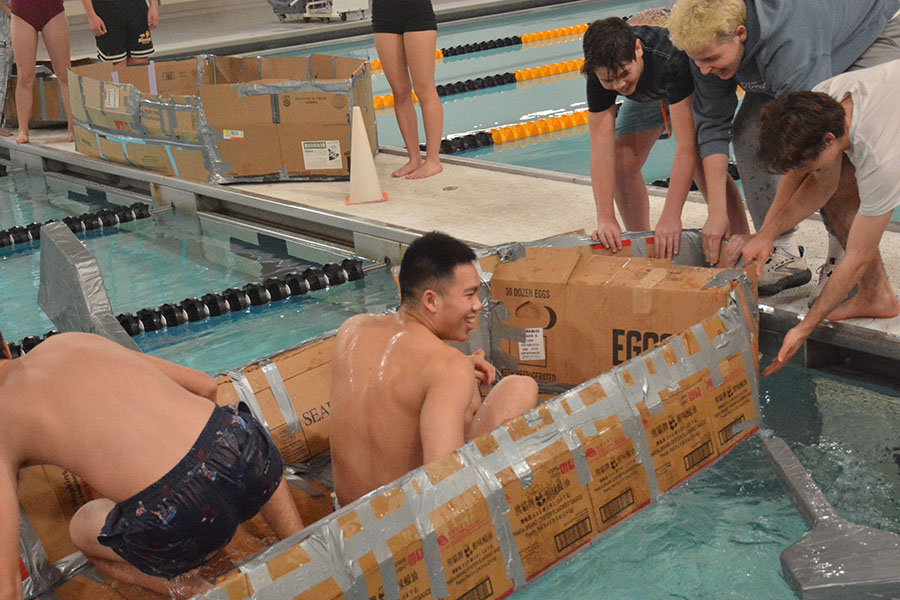
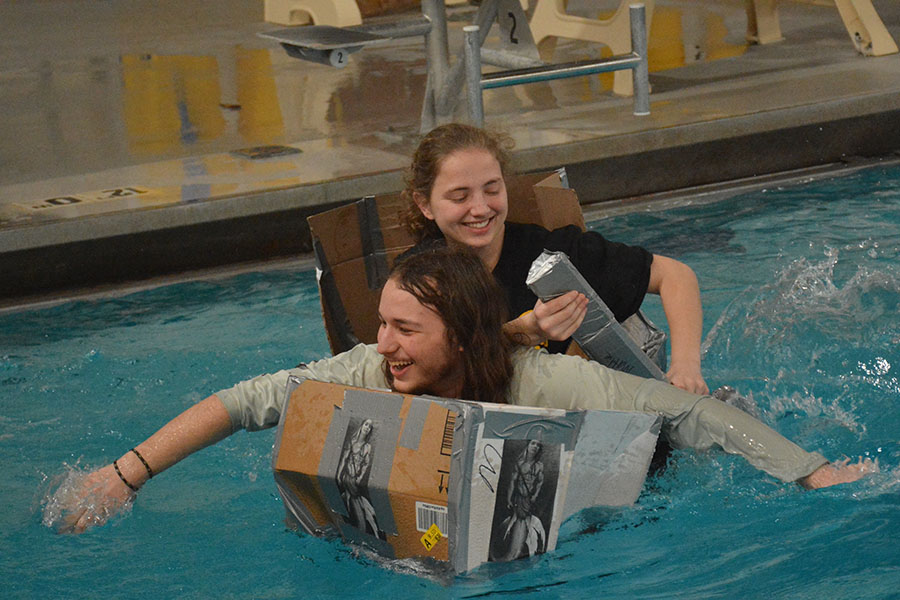
![“My parents have always said that education is important. My parents are Chinese immigrants, I'm Chinese American, [and that's a] value that has always been ingrained in our community,” said Senior Lyndia Zheng, pictured with Tony Zheng](https://bcomber.org/wp-content/uploads/2025/10/DSC_4244.jpg)


